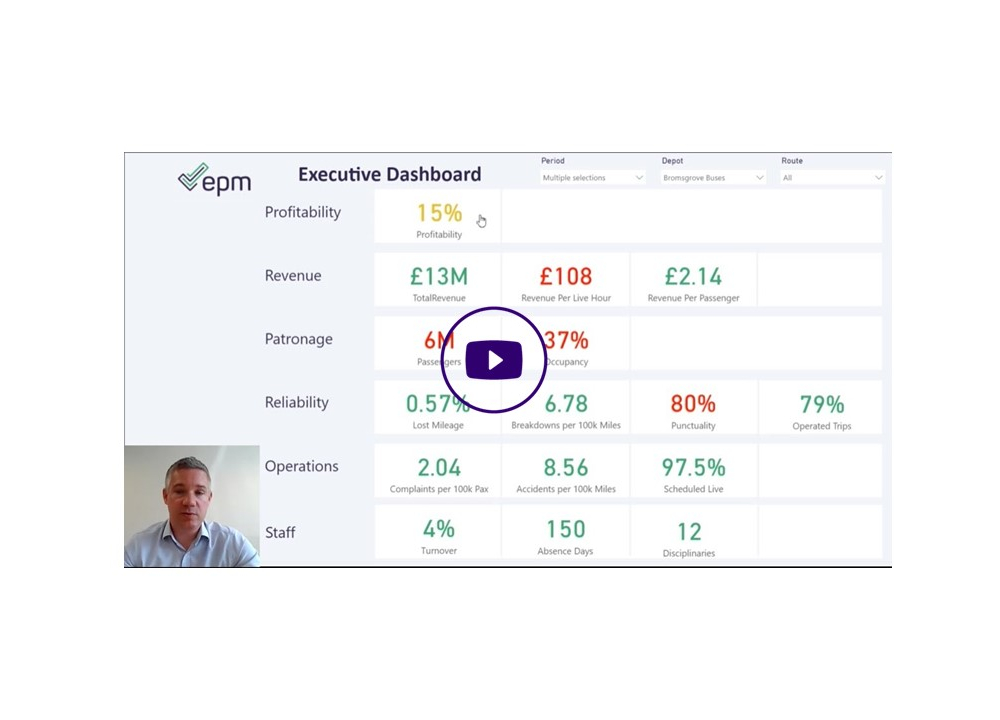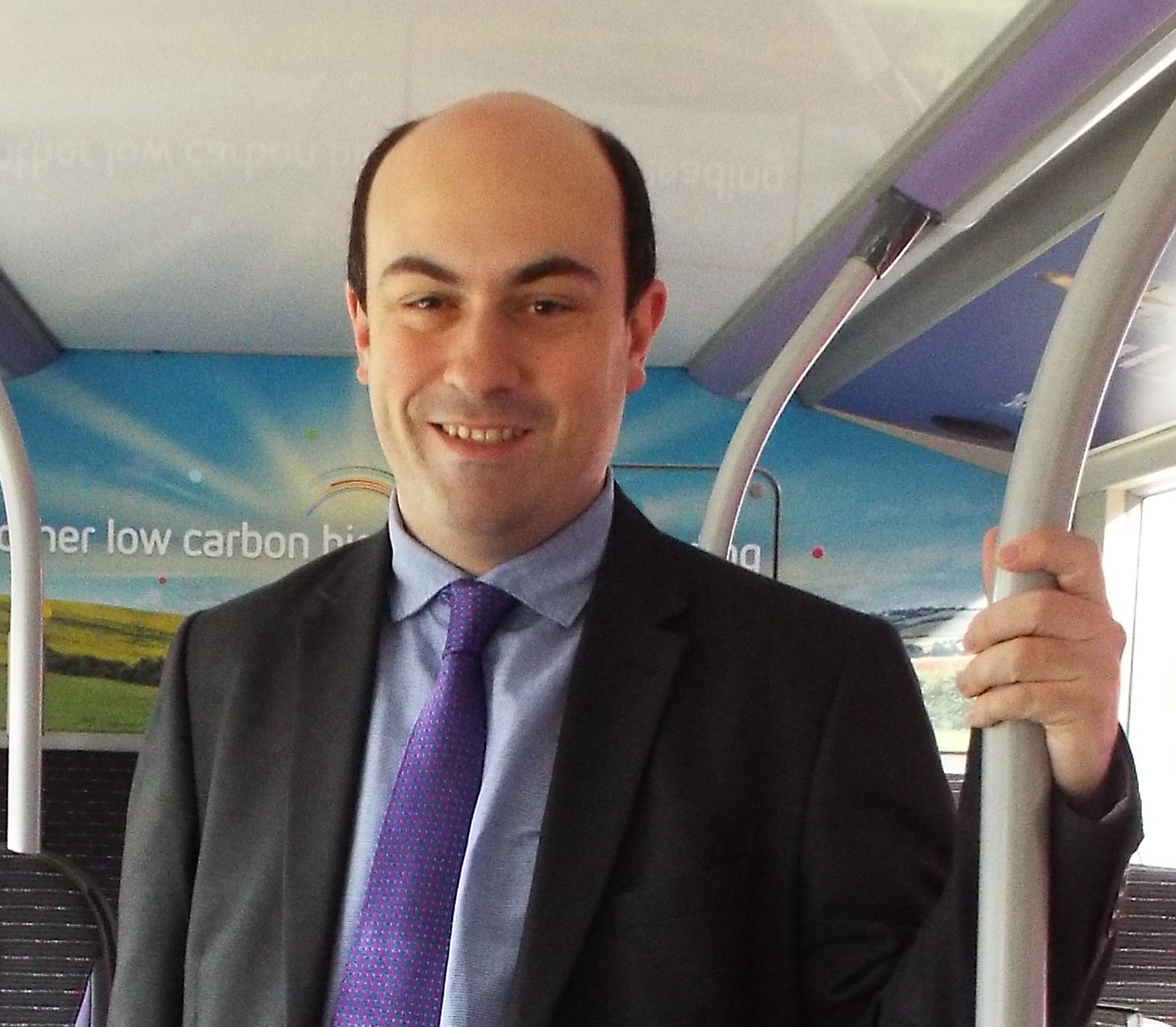
n
The deadline for Local Transport Authorities (LTAs) to develop and publish their Bus Service Improvement Plans (BSIPs) is fast approaching. By 31st October 2021, LTAs will need to have sent their BSIPs to the Department for Transport (DfT), and from 1st April 2022 they will need to be delivering the Enhanced Partnerships.

The guidance states that LTAs should set targets for journey times and reliability improvements, as well as for passenger growth and customer satisfaction. Initially, progress reports are required to be published against these targets on a six-month basis to monitor performance, which means it’s imperative that LTAs have access to accurate data to ensure that KPIs are set and monitored correctly.
Sourcing baseline data for KPIs
In order to set KPIs for the BSIPS, LTAs need access to baseline data. Due to the Covid pandemic, the past 18 months of data cannot be used as an accurate reference point, which means LTAs will need to look further back at historic data in order to draw comparisons. Established software solutions will have historic data embedded within the system and users can easily access the data from weeks, months, or years prior in order to build an accurate picture of progress.
LTAs are likely to focus on specific areas of the network to improve and being able to access systems that can compare recent results with results from two years ago is key to analysing if the changes have made the desired impact.
Streamlining data sharing processes
Traditionally, LTAs have not had access to such vast amounts of data but now the National Bus Strategy is encouraging a more collaborative relationship between LTAs and operators and is insisting that processes become more transparent. Because of this, it is important that both parties use trusted providers that can help facilitate that exchange of data.
Software is needed to streamline this sharing of data between operators and LTAs. In many cases, current processes are not synchronised and require time-consuming and error-prone manual data submissions. Data automation significantly reduces administration time and ensures a level of accuracy, which means users can spend more time understanding and analysing the figures rather than uploading large volumes of data to a system.
There should also be controls around what data is shared between LTAs and operators. Both should agree together on the information that they are going to provide and use a platform that can feed in the data between systems automatically and within agreed parameters.
Data accuracy is crucial to ensure that BSIPs and the KPIs around them are set and monitored correctly. The BSIP guidance refers to ensuring data is consistent throughout, for instance, the naming of stops between ‘operator A’ and ‘operator B’ must be the same.
Utilising data to improve the network
Access to this information can help inform the network, as close examination of corridors can indicate areas which need to be improved. For example, traffic congestion in a city or town can lead to an unreliable service, so LTAs and operators will need to work together to find a solution, whether that be changing the traffic light system or adding a bus lane. After this has been implemented, operators and LTAs can use software systems to monitor if the change has had an impact on patronage and customer satisfaction levels.
There is also a flexibility within these systems that allows users to home in on certain scenarios, such as omitting specific data from the analysis if there has been a large-scale event that will have skewed the overall results. Users are then able to quantify the results, to find out exactly what the changes have cost in terms of investment, and what the benefit has been.
Network analysis for improvement planning
Analysis tools can be used to give a complete picture of the network by collecting all the data into one system and offering breakdowns of individual areas. Users are able to view information such as patronage trends that are formulated into graphs and charts. This drill down capability allows intuitive interrogation of the data, investigating root causes of any issues identified, and enables users to set and monitor KPIs for BSIPs.
Customer feedback can be collated through integrated software solutions and monitored to see where issues may have developed and why. With this data, operators and LTAs can get a better understanding of customer complaints and use it to inform the improvement plans.
How EPM Group can help
With over 30 years’ experience in software and consultancy services, EPM Group has a comprehensive knowledge of the bus industry and works with five of the seven PTEs in the UK as well as a range of local authorities to streamline their organisational processes. Our broad, fully integrated software range covers a multitude of functions from operations through to commercial and engineering. To book a free consultation to see how we can assist with your challenges and requirements, complete the online form or call 01527 556940.
Ready to take your bus network to the next level?
Get in touch to build a tailored solution today




